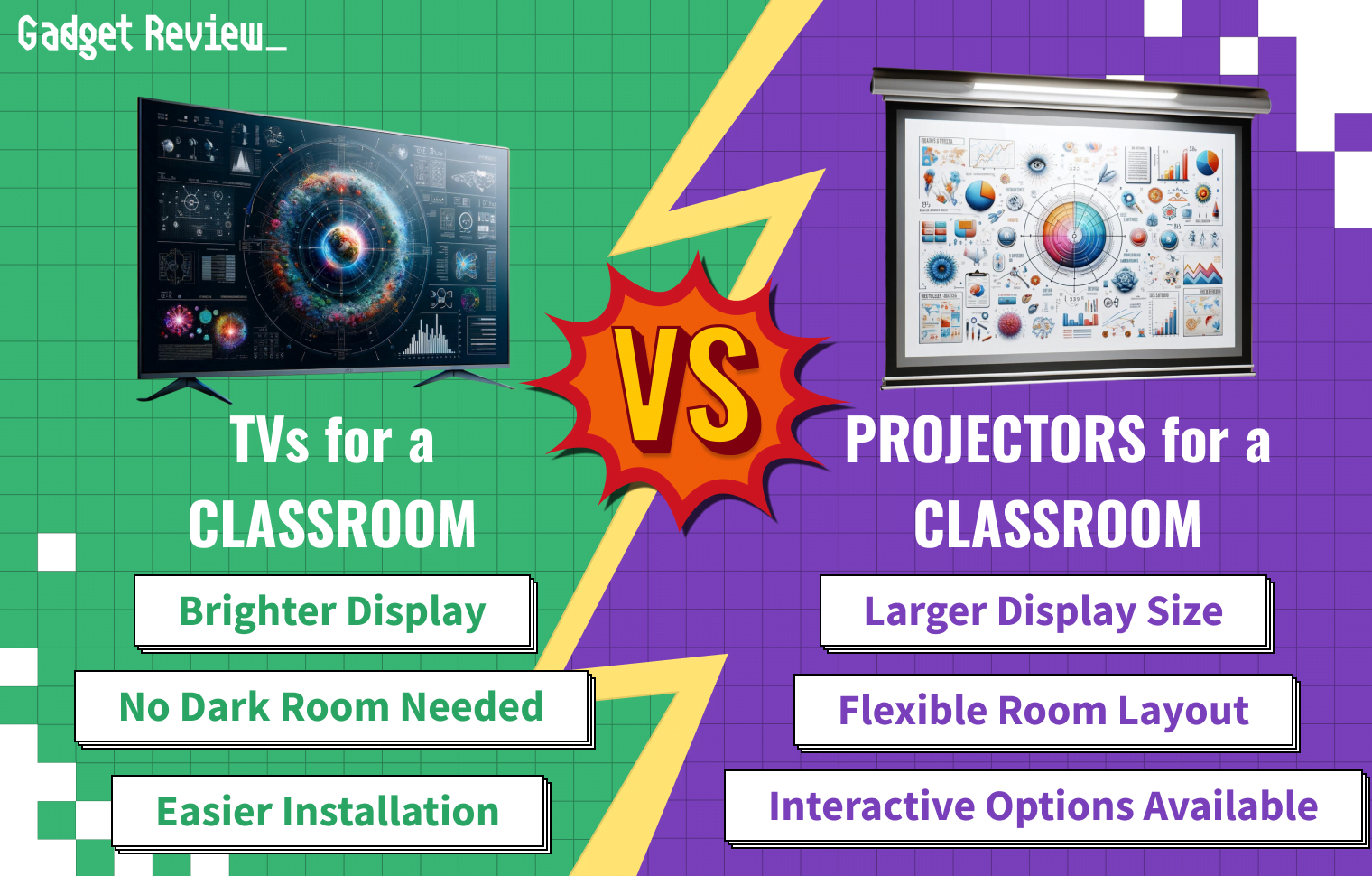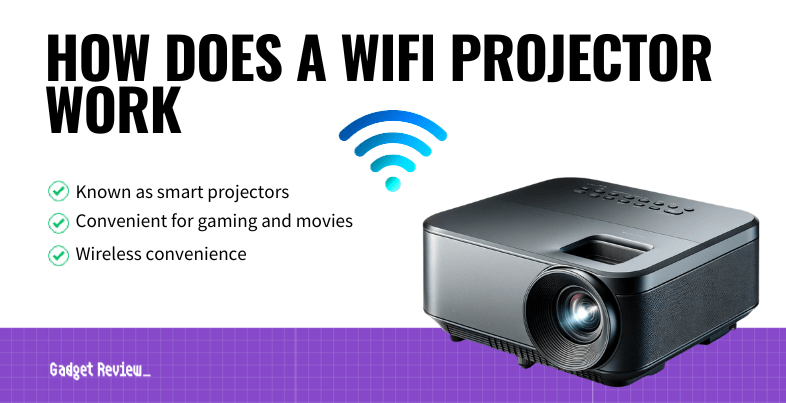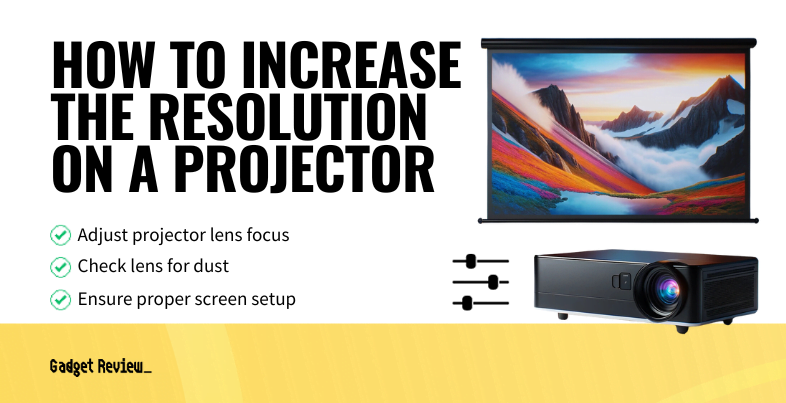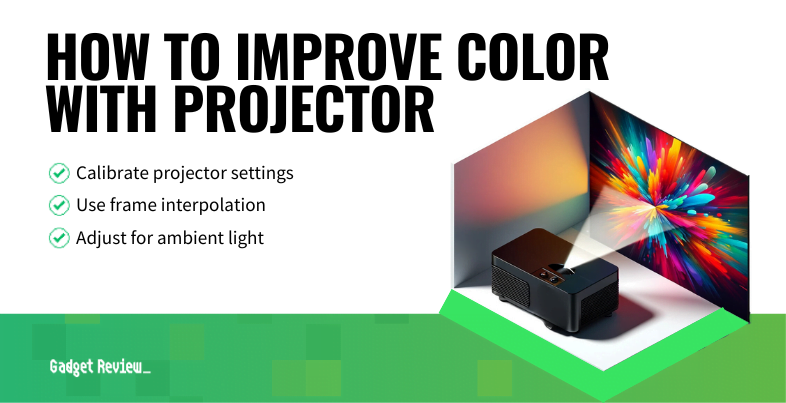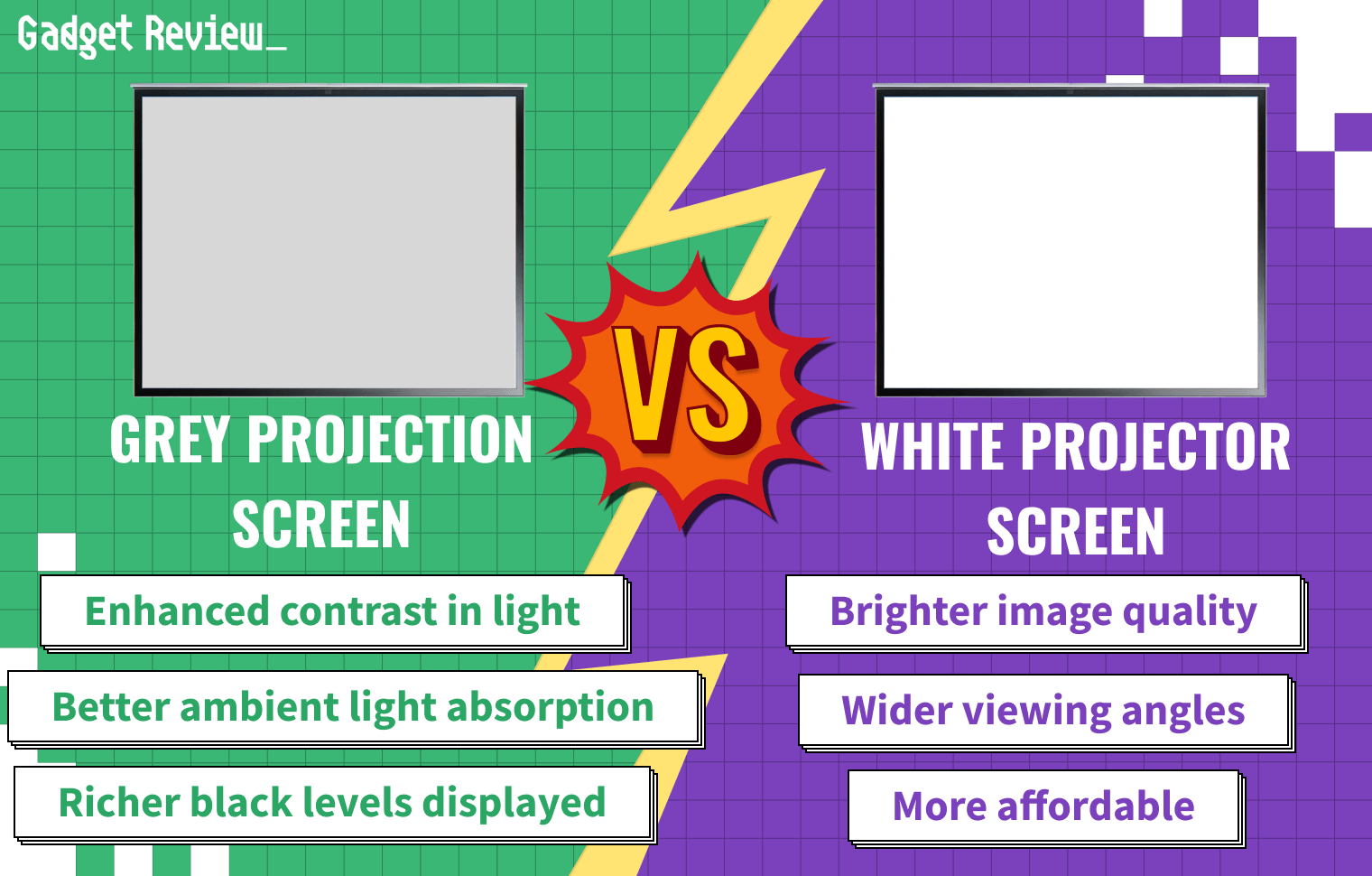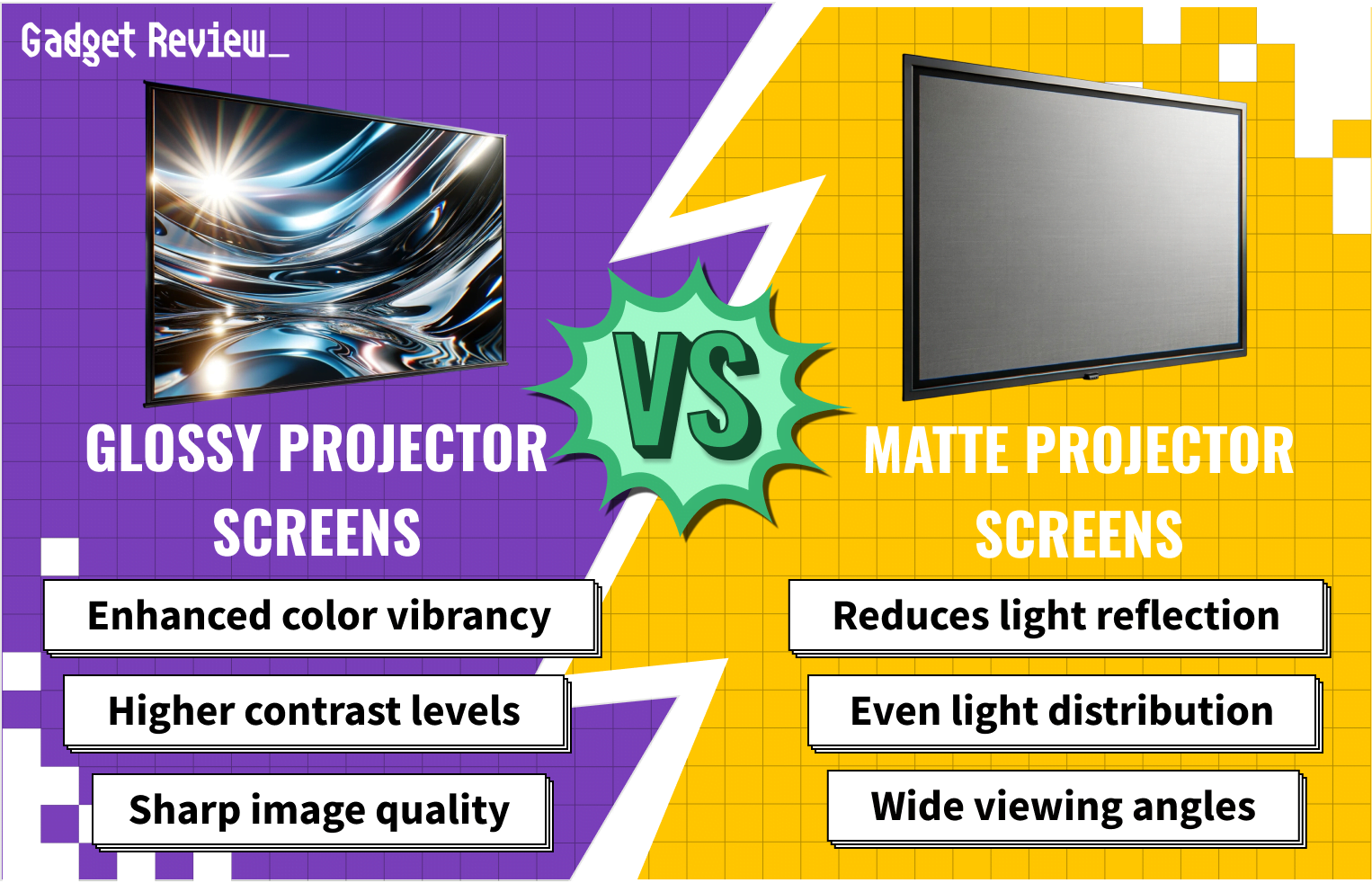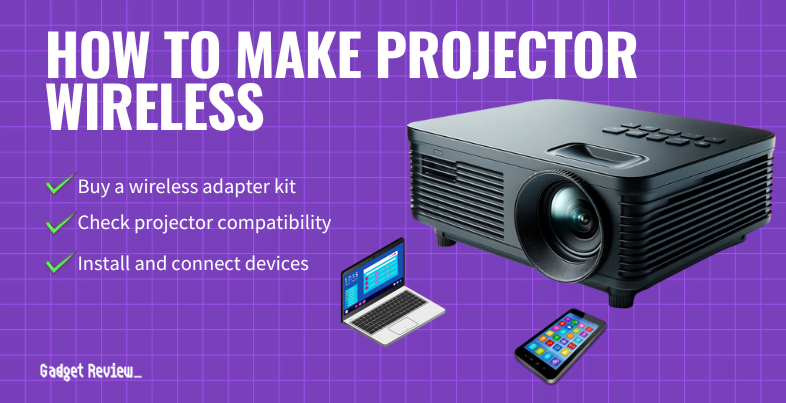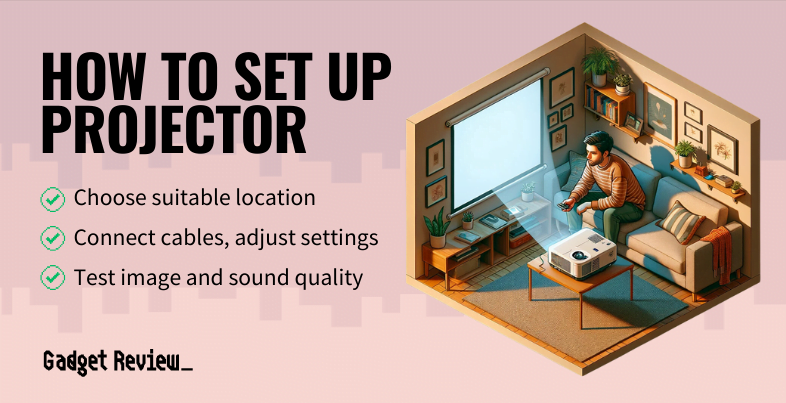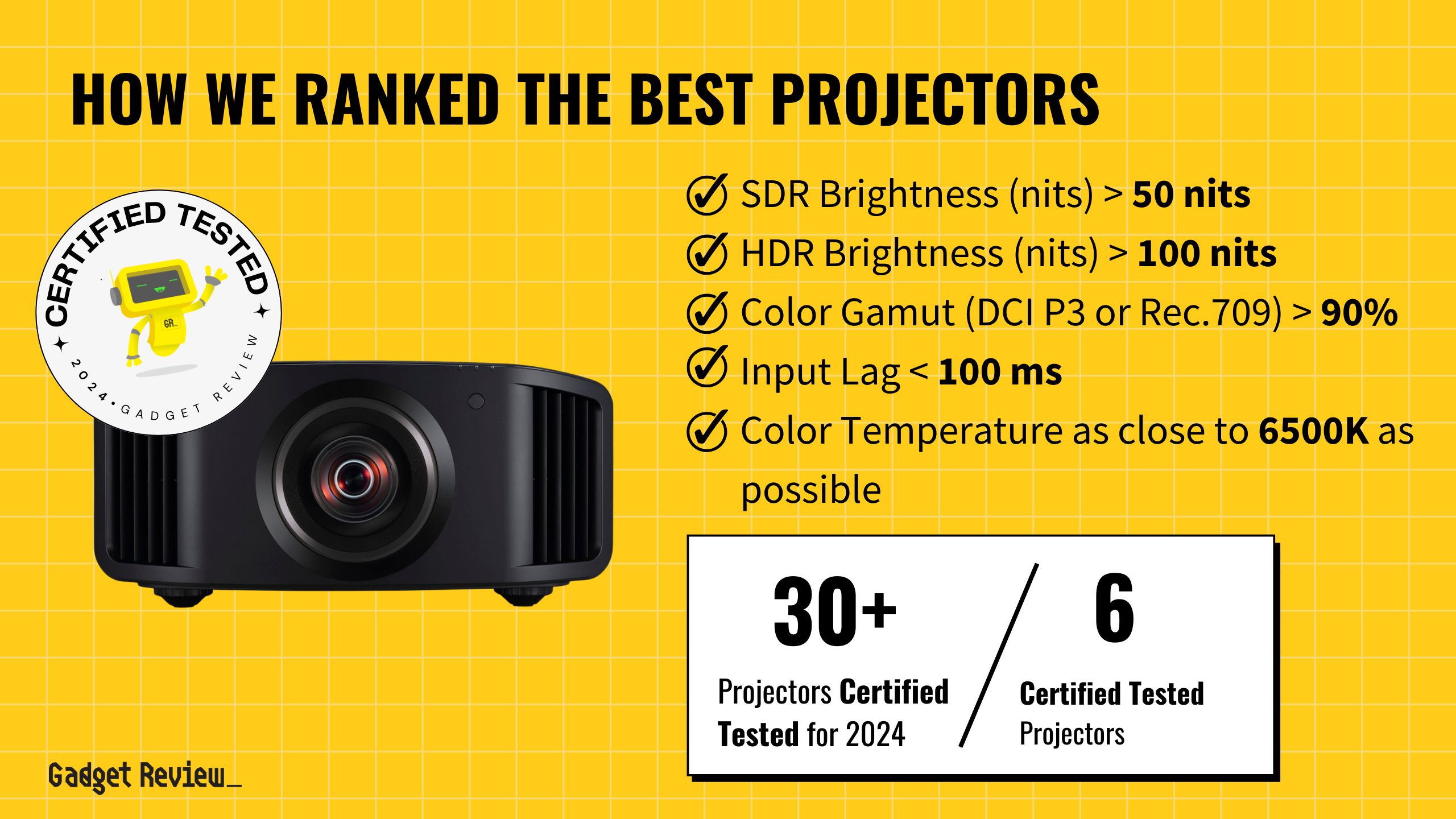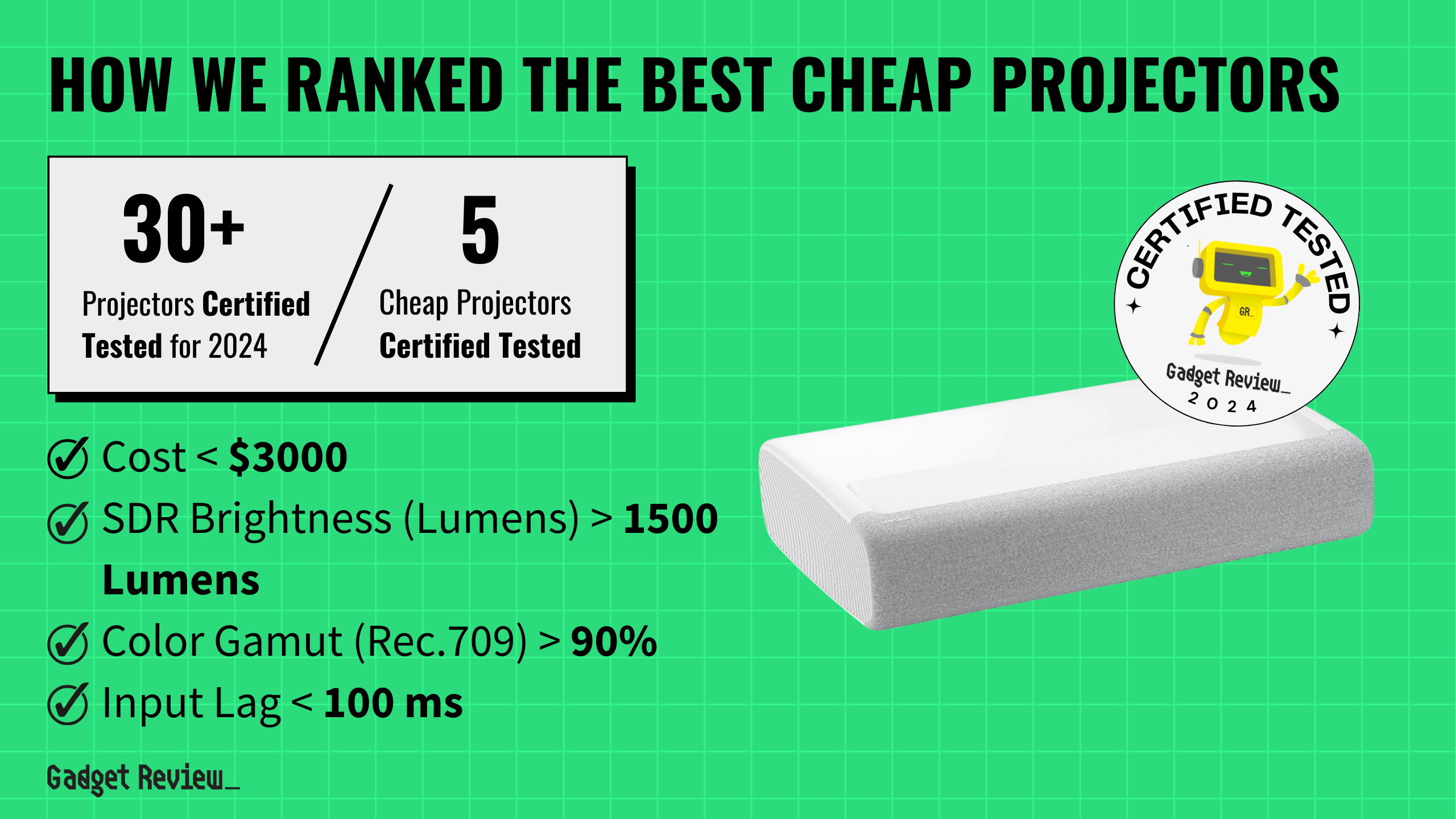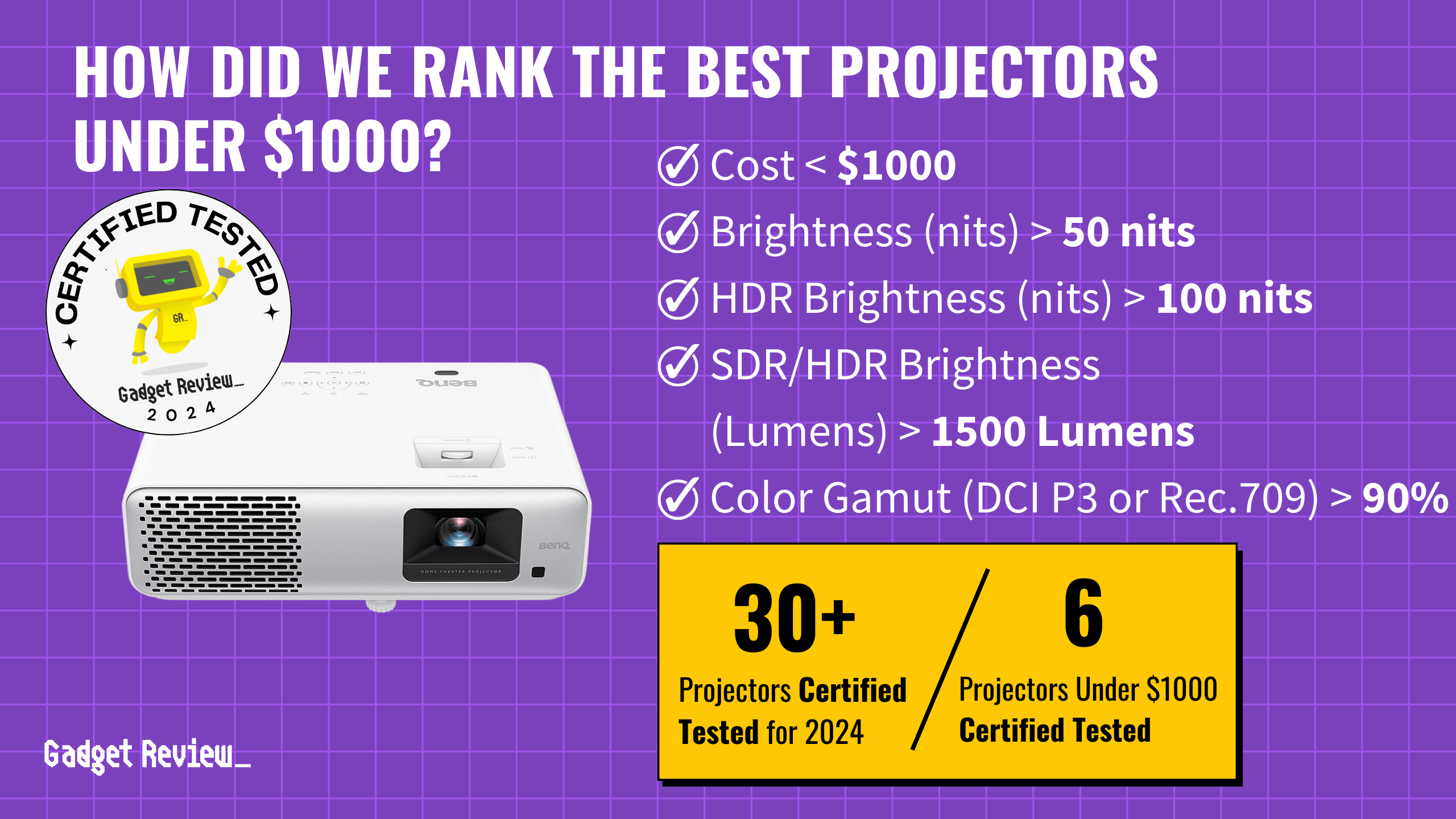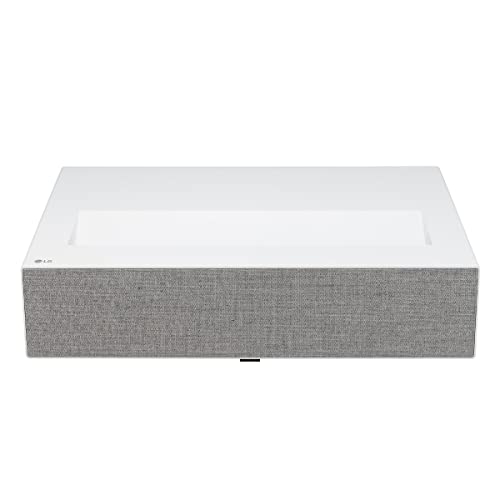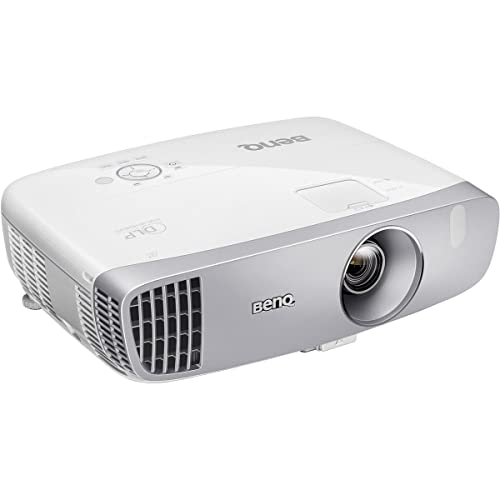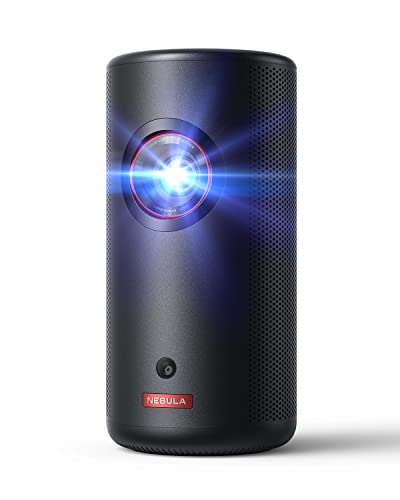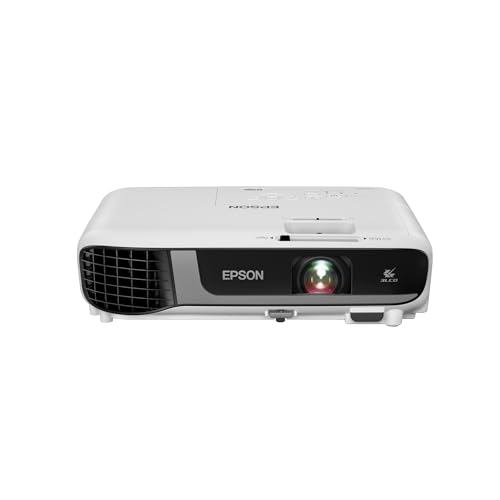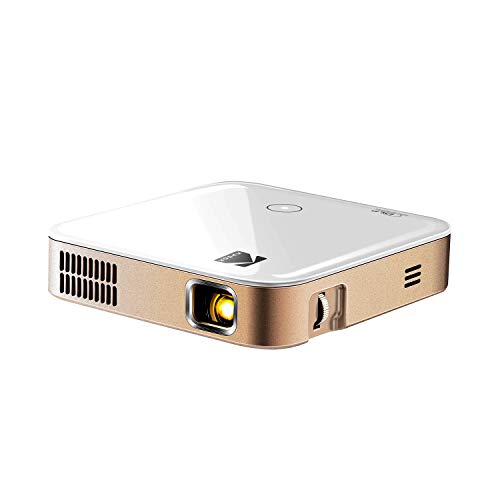Comparing a TV vs a projector in a classroom begins with understanding the needs of education providers and their students. An interactive projector is generally the better choice, especially compared to a generic flat screen. This is due to a few factors, including the ability to use a touch screen display. The best projectors are those that fit your needs, however.
Key Takeaways_
- A classroom projector should be able to provide interactive displays to compete with modern educational technology.
- While flat-screen TVs are a common choice, they lack the interactive displays that an interactive projector provides your classroom.
- Overall, both gadgets are paramount to proper instructional technology, but the interactive projector outperforms the flat screen in multiple areas.
Comparing TVs and Projectors for Schools
The comparison of a TV vs a projector in a classroom begins with a few categories based on educational needs. Using a projection screen has become more popular, especially with some SMART boards becoming available for a reasonable price.
insider tip
Any Chief Technology Officer will tell you that expensive models have a high upfront cost, but they make leagues of difference for the ability of students to learn.
TVs are quickly falling out of favor since laser projectors can provide better image quality with less eye strain. If you’re wondering, “What is a laser projector?” then it’s a good time to read up on them.
Ability to Overcome Ambient Light
There is always a light source in classrooms, whether open windows or lights from a hallway. Because of this, you need an interactive projector that produces enough lumens to overcome ambient light. TVs are better at doing this because of how they work. This makes TVs the winner of this category. For those still looking at projectors, look for a projector screen that is anti-glare and uses LCD technology. Are you now thinking, “What is an LCD projector?” then we have a great article explaining just that.
Keeping Your Classroom Interactive
Interactive whiteboards have taken 21st-Century classrooms to the next level, more so than great outdoor projectors. Most classrooms in the 80s used outdoor TVs vs projectors since projectors were so expensive. Whether it’s 8th-grade math classrooms or college courses, interactive technologies are a must.
warning
Watch out for student eye strain when consistently using education technology, and produce alternative lesson plans for those struggling with migraines caused by eye strain.
Some types of projectors are capable of pairing with interactive touch screens. They’re the best choice for advanced classrooms seeking the latest in current technology. Both TVs and projectors typically offer a remote control so you can stand up and walk around during presentations. And, you can check out this page on how projectors work to immerse students in the learning experience.
Using Screen Mirroring Technology
Every school district relies on the ability to screen mirrors, preferably over a wireless connection. The projection screen can easily explain step-by-step directions, allowing students to follow along. This is far easier than using a traditional whiteboard. TVs can also mirror your screen. However, they lack the control you get with interactive boards that are projector-powered.
Overall Display Technology
A classroom projector needs high visibility for students at the back of the class. But, remember to not overwork it as it’s easy for a projector to get overheated. While you can get a worthy display screen and a traditional projector, a TV has a lower upfront cost with better results. High image quality can be a little more difficult to achieve with projected images.

